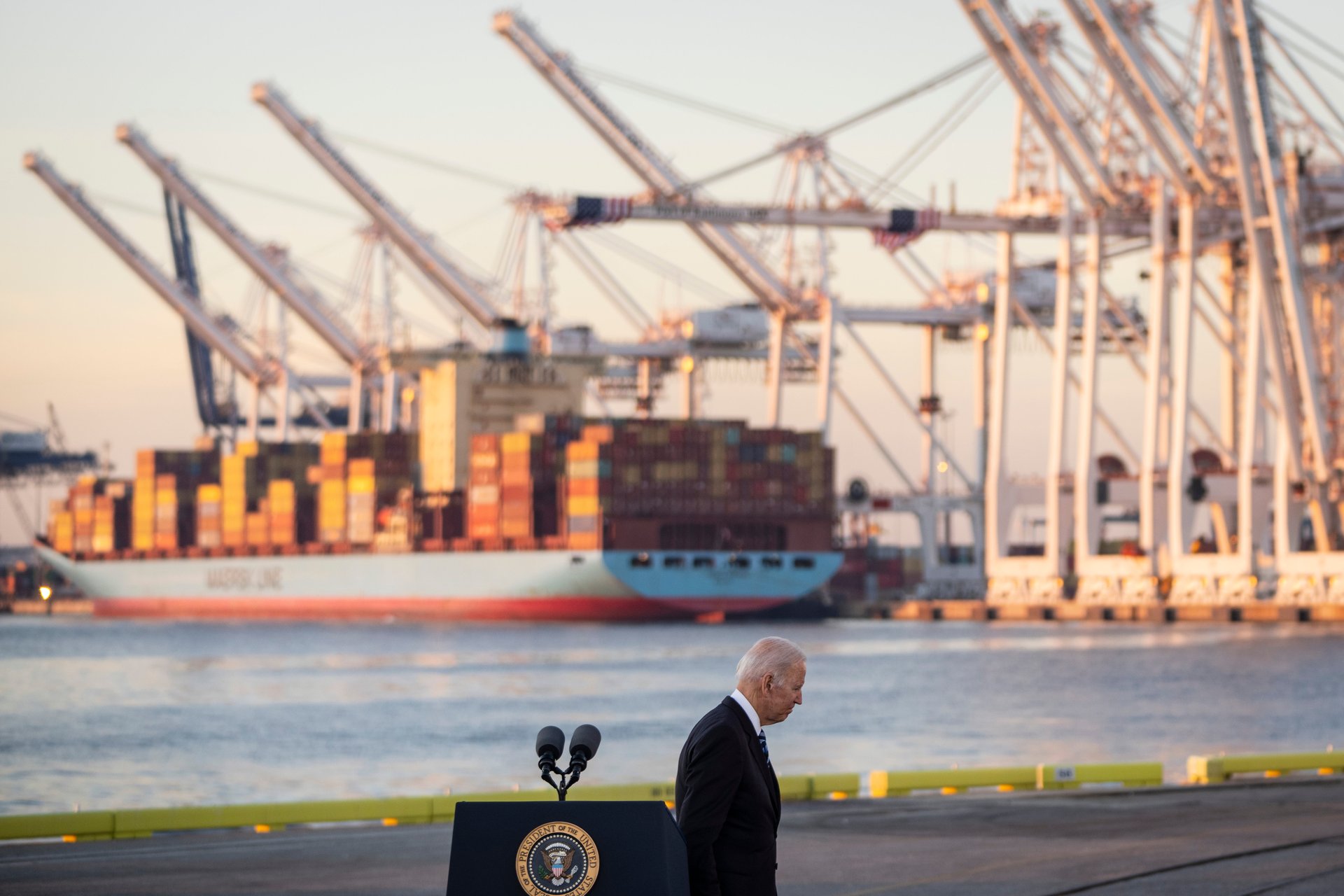The most common U.S. export is an empty container
A staggering 75% of inbound containers return to their origin empty, illustrating the complexities of U.S. trade dynamics

In the complex world of U.S. trade, one startling statistic stands out: the most common “export” from the U.S. overseas is an empty container.
Suggested Reading
While the country imports a wealth of goods, including a whopping 12% of loaded containers filled with furniture, a staggering 75% of inbound containers (that is, those coming from overseas) actually return to their origin empty, according to DAT Freight & Analytics, a software company that specializes in transportation.
Related Content
The three largest U.S. ports — Los Angeles, Long Beach, and New York/New Jersey — process nearly half of all loaded imports. In 2022, DAT found that the trio of ports collectively handled 13.8 million containers, which are commonly known as 20-foot equivalent units (TEUs). However, about three out of every four containers received by these ports returned to their overseas destinations with only “air,” or in other words, empty.
While furniture dominates U.S. imports and accounts for a significant portion of TEUs, the nation’s top export is a lot less tangible. Empty containers signify lost potential, DAT noted.
While imports are significant, exports tell a different story. For instance, paper products lead actual exports, comprising 10% of the 12 million loaded TEUs shipped out last year. With Asia as the primary destination — particularly India, Thailand, and Vietnam — the U.S. lumber industry, valued at $175 billion, stands at the epicenter of exports, making wood pulp and lumber crucial commodities.
But even so, the paradox of empty containers as the most common U.S. export serves as a stark reminder of the ongoing trade imbalance, one that is likely to be exacerbated by the current East and Gulf Coast port strike. The strike has disrupted operations, further limiting the flow of goods and could potentially increase the volume of empty containers returning to ports.
As the country navigates its position in the global market while addressing workers’ demand for better wages and benefits, the balance of imports and exports underscores the urgent need for a more balanced trade approach — a topic that has garnered the attention of President Joe Biden and Vice President Kamala Harris.